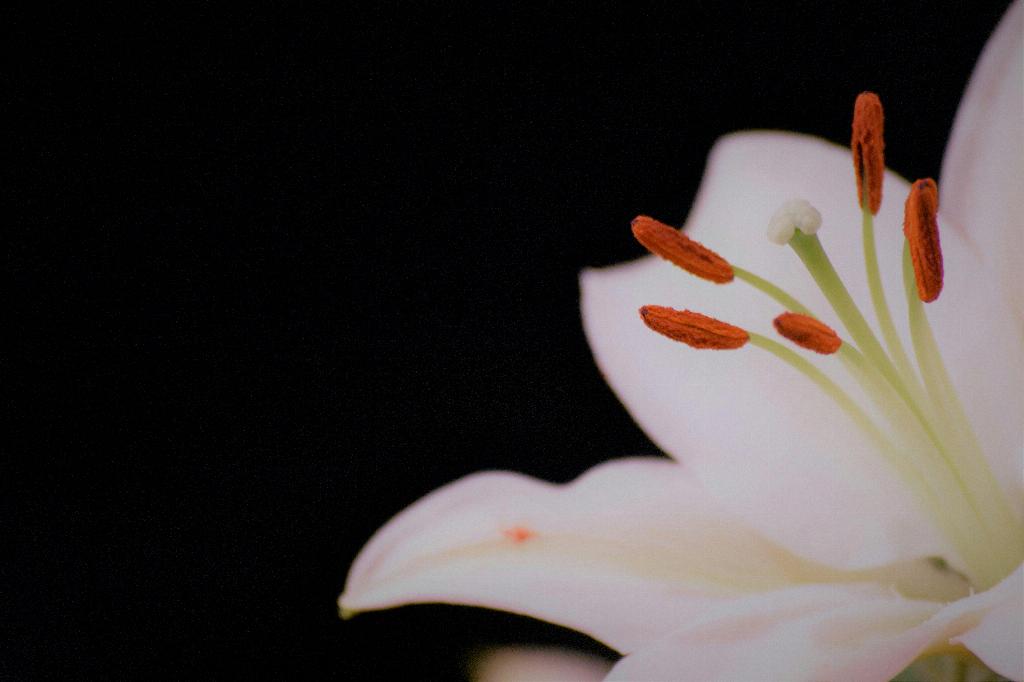So you’ve noticed that your peace lily isn’t looking as vibrant and healthy as you’d like it to be. You might be wondering what could be causing this issue, but fret not, as we are here to guide you through the possible reasons for your peace lily’s distress.
1. Lighting
Peace lilies thrive in medium, indirect sunlight. If placed in an area with excessive direct sunlight, the leaves can turn yellow. Conversely, if the plant is not getting enough light, it may also lead to yellowing leaves and stunted growth.
2. Watering
Overwatering or under-watering your peace lily can also result in its leaves turning yellow or brown. Ensure that you are watering your plant appropriately, allowing the soil to dry slightly between waterings.
3. Humidity
Peace lilies thrive in high humidity environments. If the air around your plant is too dry, this could result in brown leaf tips or edges. Consider using a humidifier or placing a tray of water near the plant to increase humidity levels.
4. Temperature
Peace lilies prefer to be in a warm environment, ideally between 65-80°F. Exposure to cold drafts or temperatures below 50°F can cause damage to the leaves, leading to discoloration.
5. Soil Quality
The type of soil your peace lily is planted in can also impact its health. Ensure that the soil is well-draining and of good quality to prevent waterlogged conditions that can lead to root rot.
6. Nutrient Deficiency
If your peace lily’s leaves are turning yellow, it could indicate a nutrient deficiency, particularly nitrogen. Consider fertilizing your plant using a balanced liquid fertilizer to provide it with the necessary nutrients for healthy growth.
7. Pest Infestation
Check your peace lily for any signs of pest infestation, such as spider mites or mealybugs. These pests can damage the leaves, causing them to yellow or develop spots. Treat any infestations promptly to prevent further damage.
8. Repotting Needs
If your peace lily has outgrown its current pot or the soil has become compacted, it may be time to repot the plant. Repotting allows for better root growth and can help revitalize a struggling peace lily.
9. Root Issues
Inspect the roots of your peace lily for any signs of root rot or overcrowding. Trim any damaged roots and repot the plant in fresh soil to promote healthy root development and overall plant health.
10. Environmental Stress
Changes in the environment, such as sudden temperature fluctuations or exposure to chemicals, can stress your peace lily and result in leaf discoloration. Try to maintain a consistent environment for your plant to thrive.
11. Regular Maintenance
Regularly inspecting your peace lily for any signs of distress, maintaining proper watering and lighting conditions, and addressing any issues promptly can help keep your plant healthy and thriving.
12. Seeking Professional Help
If you have tried various solutions and your peace lily continues to show signs of distress, consider seeking advice from a plant care professional or local nursery. They can provide specific guidance tailored to your plant’s needs.

